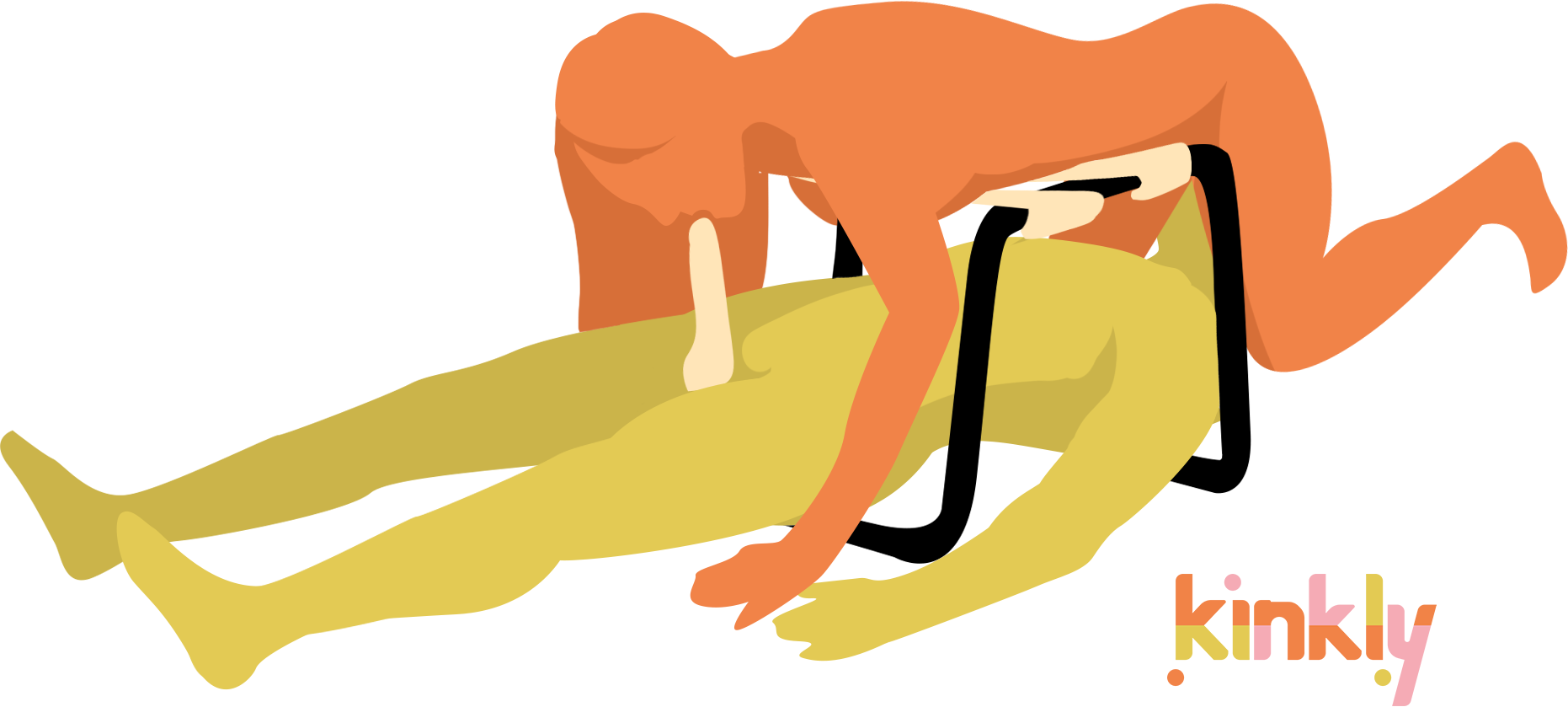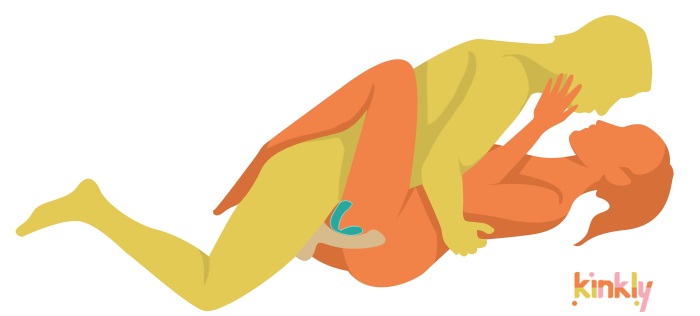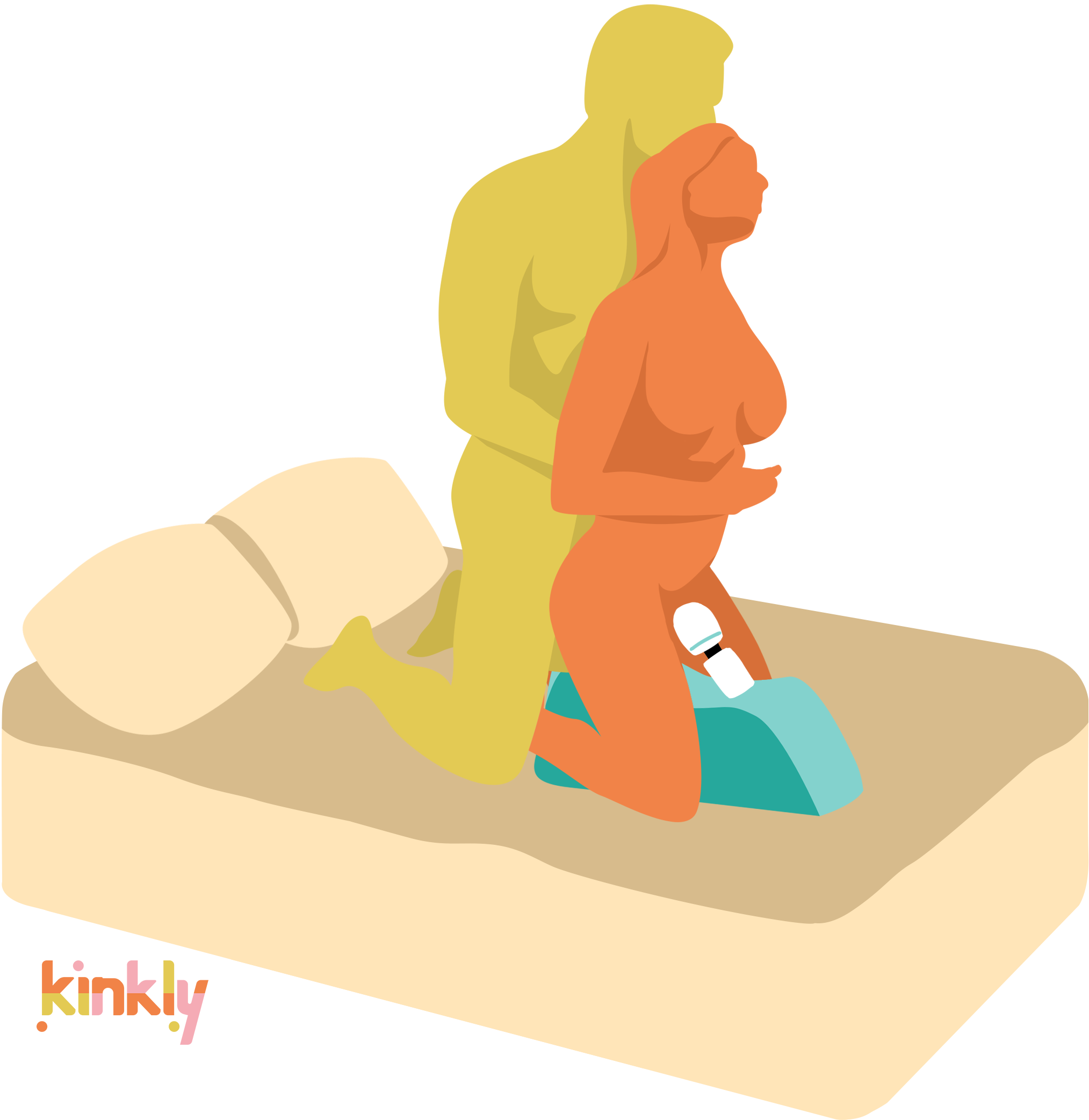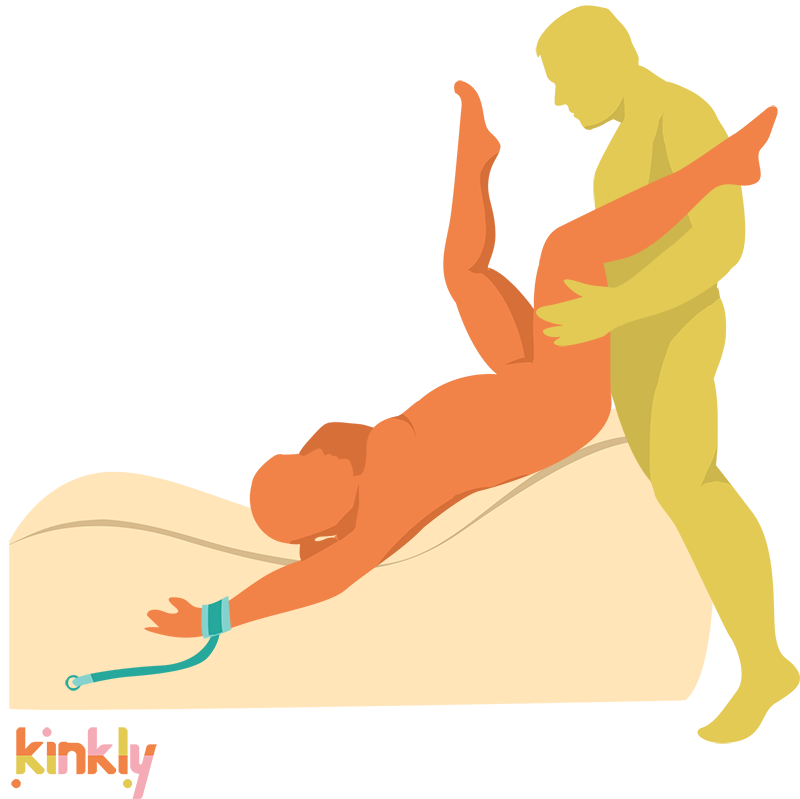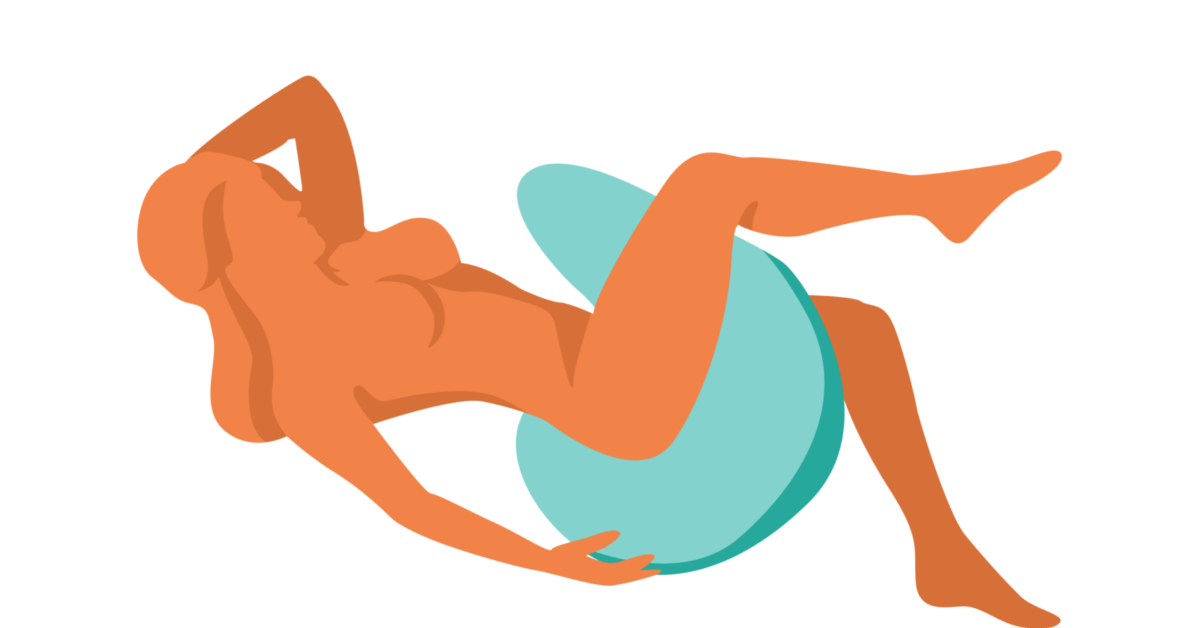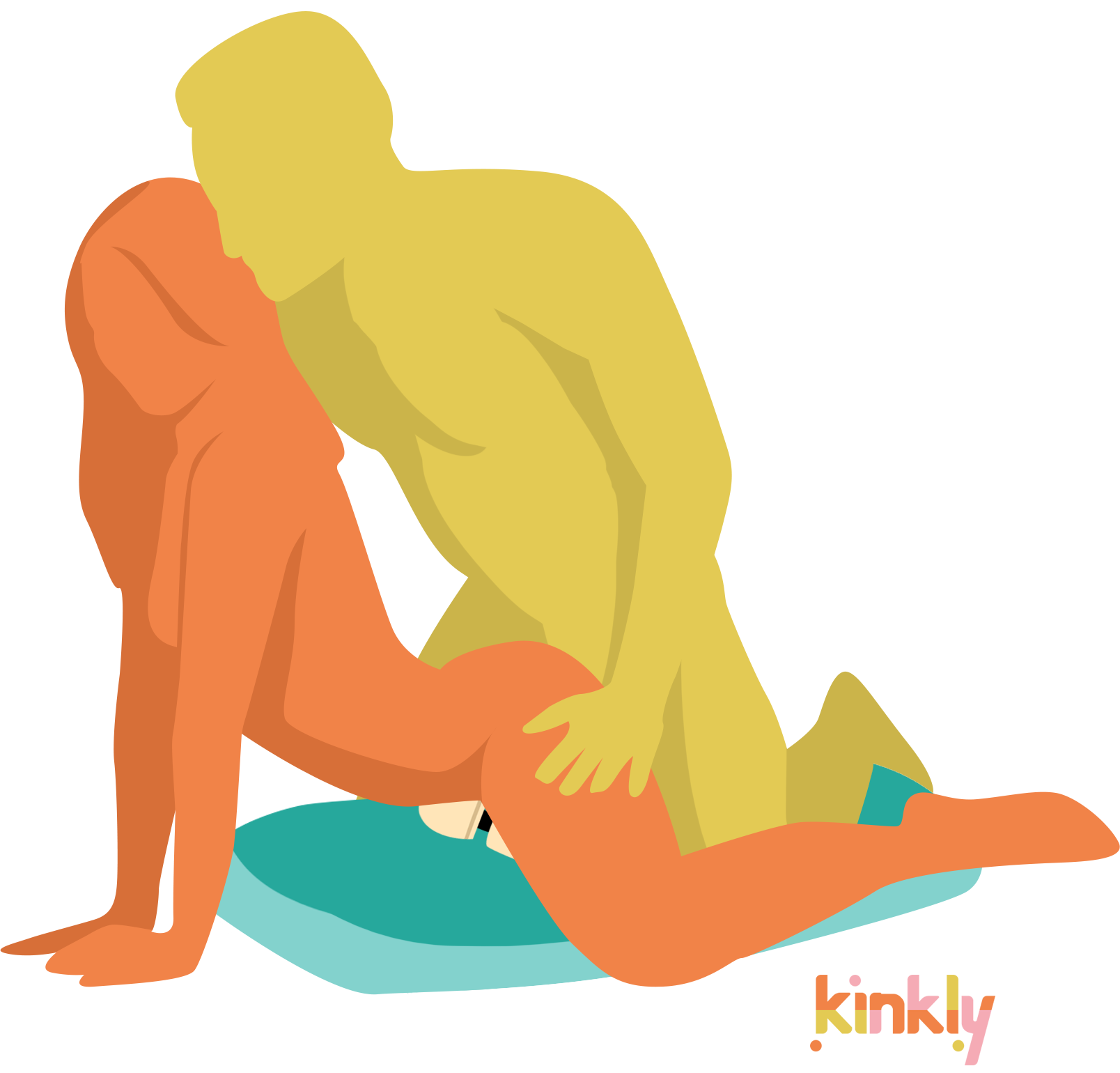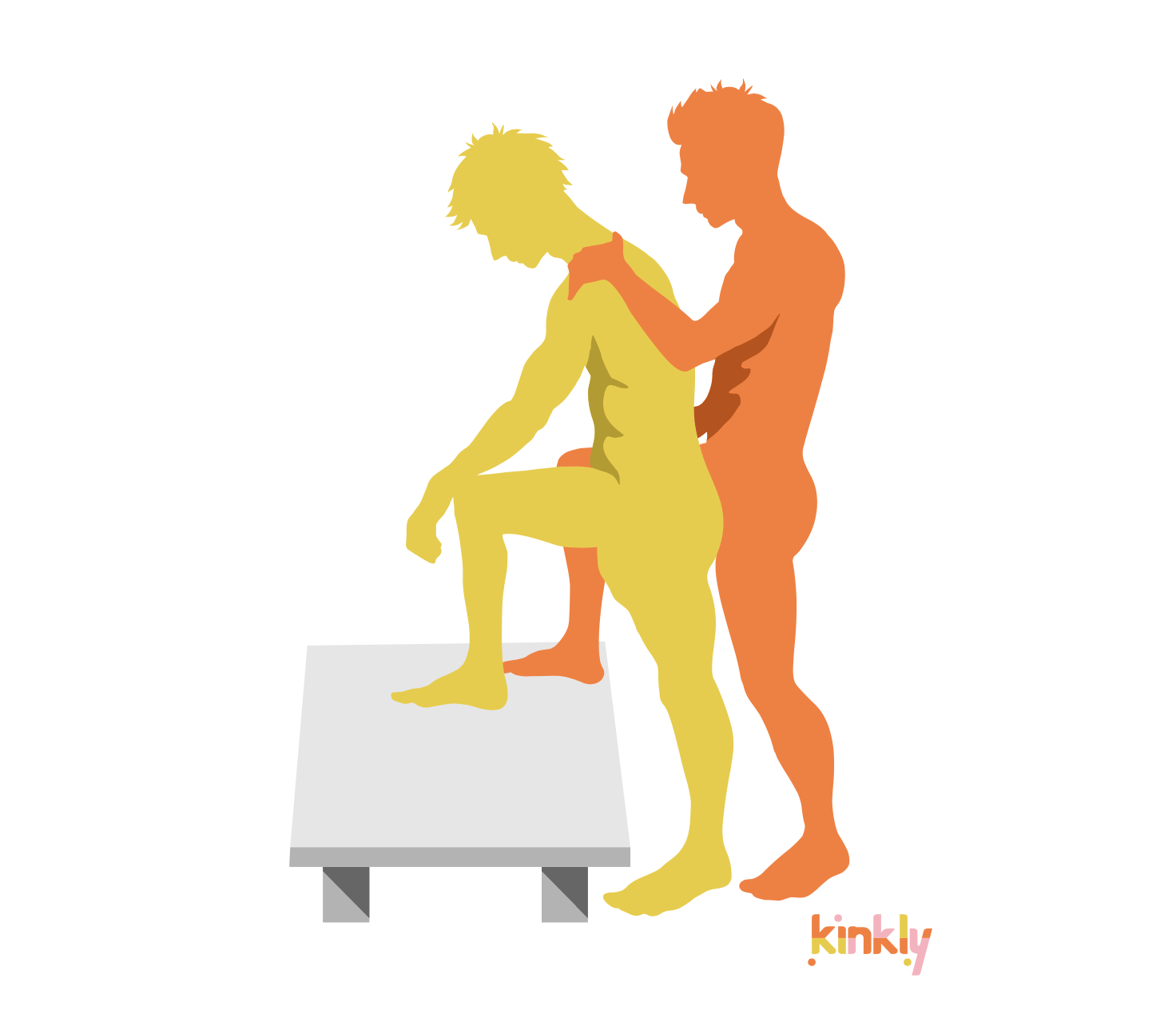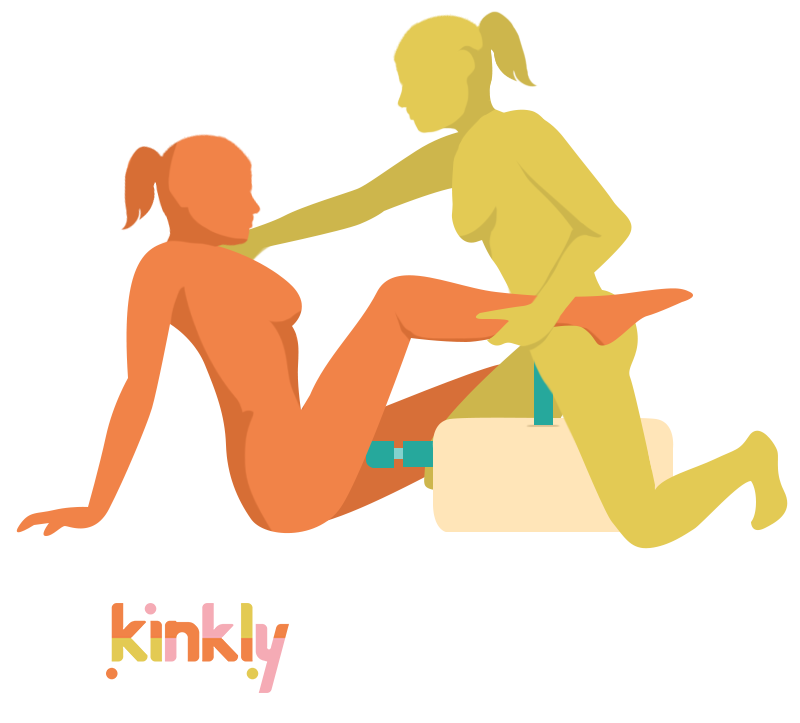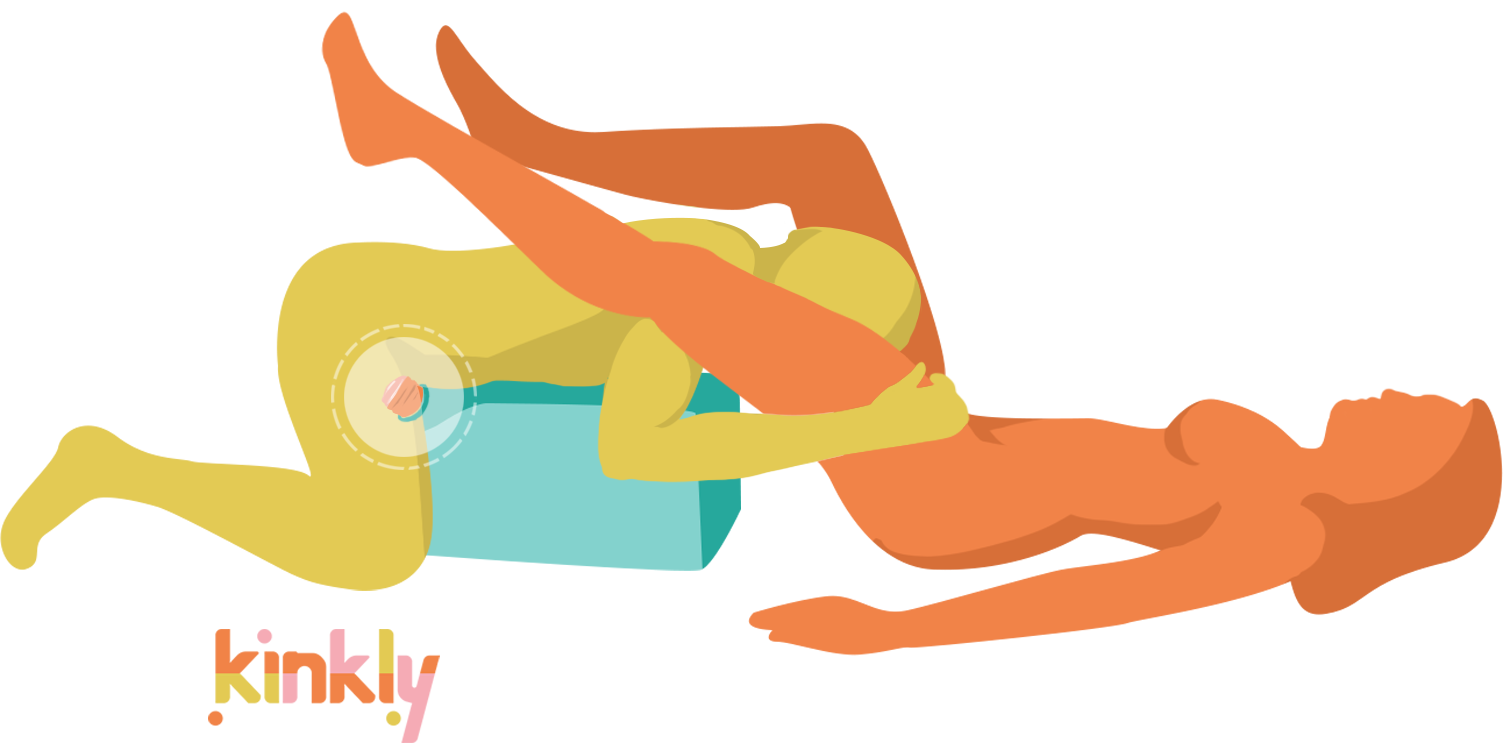Masculine gender expression is physically presenting and behaving in a way that is expected of male people. Masculine gender expression is commonly seen in cisgender males, although this is not necessarily so as gender expression and gender identity can be misaligned. Masculine-of-center women and nonbinary people may also use masculine gender expression to communicate their gender identity to society.
More About Masculine Gender Expression
Like all gender expression, masculine gender expression is socially constructed and culturally specific. Short hair is a common form of masculine gender expression for much of the world, although in some cultures, long hair is common and masculine. Similarly, wearing pants is a common way that men express their masculinity in many cultures, although Scottish kilts and Polynesian sarongs resemble the skirts women usually wear to express their femininity. Accepted gender expression can also change within a culture over time. For example, the Western world has seen a shift towards more refined, metrosexual masculine gender expression.
Speaking in a deep voice, wearing relatively plain clothes, and using a firm handshake are all different forms of masculine gender expression. Accepting a masculine name, whether it was the name given at birth or an adopted name, and preferring male pronouns such as he and his, are also examples of masculine gender expression.
Masculine gender expression is about de-emphasizing certain characteristics which might be seen as feminine as it is about emphasizing other more masculine characteristics. For example, all humans feel emotions, but holding back the impulse to cry is a common form of masculine gender expression.
Masculine gender expression is no indicator of sexual orientation. It is a common misconception that masculine-of-center women are all lesbians, for example.
Masculine gender expression is typically linked to masculine gender identity. However, for some people masculine gender expression can be a fluid concept. Drag kings, for example, may regularly take on a masculine persona and use masculine gender expression, despite having a female gender identity. Transgender people born male may have a feminine gender identity but use masculine gender expression, especially before being open about their gender identity. Some cisgender women also feel more comfortable presenting in a typically masculine way.




